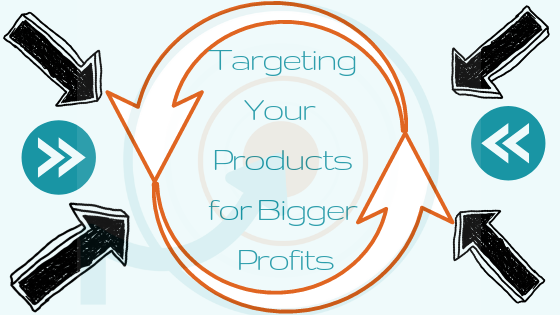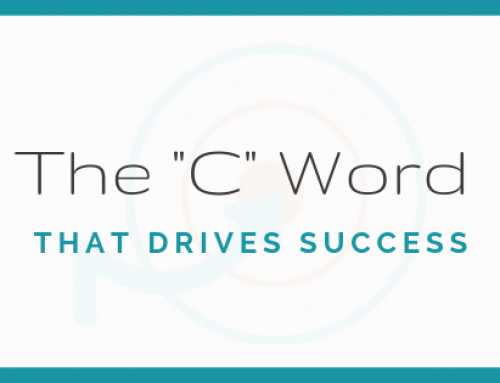Imagine two shops sitting side-by-side in your local shopping centre. One is your go-to shop for just about everything. They sell garden tools, sweets, toiletries, t-shirts, car parts and nappies amongst an array of other things you just might need.
The other is more exclusive. In fact, the only thing they sell is chocolate. Belgian chocolate, Swiss chocolate, dark and milk chocolate, chocolate covered peanuts and chocolate lolly pops! If it’s chocolate, they stock it. And if it’s not chocolate, you won’t find it on their shelves.
At first glance, you might think that the chocolate store is limiting itself. After all, there are lots of other things they could sell, right? The world is full of sweet treats that aren’t chocolate, and what about other items that complement sweets, such as greeting cards and tiny trinkets?
The truth is, though, if you’re thinking the first shop — the one that sells a little bit of everything — is the more business savvy of the two, you might be mistaken.
Here’s why.
When you clarify and reduce your products to only those that closely match your business goals, you will be in a far better position to attract your ideal client. Not only that, but you’ll have customers lining up to pay a premium for your services.
It might appear at first glance that the store with everything has more traffic. That’s because they do. Remember, no matter what you want, you can almost always buy it there. But because they stock so much and have to appeal to such a wide market, by necessity their prices are lower.
The specialty shop is different. They may have fewer customers, but the average client is far more loyal, spends more money per visit, and raves to her friends about the delicious treat she picked up this morning. The average client at the sell-everything shop? A single rumour of a lower price at a new shop in town, and he or she is gone without a backward glance.
What does this have to do with your business and service offerings? Everything.
As a business owner, it’s critical for you to know exactly what you want to provide, and to whom.When you know who your ideal client is you can focus all of your energies on serving them with what they need most – what you excel at, what you are totally passionate about. You’ve taken your time to find out where they “hang out” – so you know where to spend your marketing budget in order to attract them. You can save additional money because your stock is smaller and your suppliers are probably less in number and hence providing better discounts to you.
If you simply create a hodgepodge of products with no clear direction and without a cohesive brand, you may make a few sales (especially if you keep your prices low) but you won’t gain a loyal following. You’ll be like that first shop, always chasing after new customers, because the old ones keep wandering away in search of a cheaper price.
Take a look at your virtual shopfront. Are your products all in keeping with your brand? Do they instantly tell a new visitor exactly what you do? Are they priced in line with your market?
Don’t be afraid to take a hard look at your current products and get rid of those low-priced, fringe products that are diluting your brand. Focus on the core products and services, and work to make them better and more valuable, and before you know it, your brand will have a loyal following, too.
Stay In Touch
If you enjoyed this article, you’ll be happy to hear that we send out exclusive hints and tips with content just like this.
Why not download our latest Top Tips Now?







